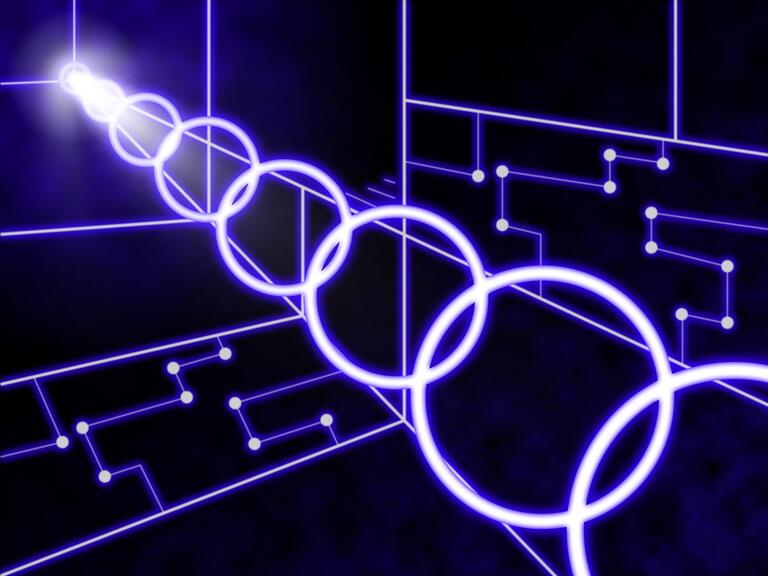
We have spoken with Dr. Nikitas Papasimakis (NP), our scientific adviser and expert in physical optics, about this new and exciting technology that enables the generation of Structured Ultrashort Light Pulses.
To begin, could you tell us what Structured Ultrashort Light Pulses are and what the recent advances in this technology are?
NP: Ultrashort pulses are electromagnetic pulses with a temporal duration so short that contain only a few oscillations of the electromagnetic field. They have traditionally been available mainly in the radio-frequency domain. However, during the last few years we have witnessed considerable advances in commercial laser systems and few-cycle light pulses are now commonly generated by a specific type of lasers, known as mode-locked lasers. In parallel, advances in Terahertz technology have allowed routine generation of single-cycle THz pulses with applications in spectroscopy, biological imaging and sensing, device inspection, to name a few.
Our toolbox to control electromagnetic waves has also expanded considerably during the last decade: from spatial light modulators and micromirror arrays to , more recently, metamaterials and metasurfaces. These developments provide control over all aspects of light in ways that were inconceivable to the previous generation of scientists and engineers. Spatially complex light beams and pulses in the form of doughnuts, helices, and knots, which propagate and interact with matter in new ways, have been demonstrated over the last few years.
What are the existing applications of Structured Ultrashort Light Pulse technology?
NP: This technology has a wide range of applications from biomedical/biological and material sciences to advanced manufacturing and information technology/telecommunications.
Typical applicaions include super-resolution imaging and microscopy, where structured light pulses can be used to enhance space and/or time resolution, allowing biomedical and biological sciences to improve existing imaging methods as well as develop novel approaches. Such advances can reveal biological structure and function at length and time scales inaccessible with existing approaches.
For material science technology provides novel routes of interrogating matter. For example, doughnut-shaped pulses may shed light in probing excitations in matter that typically remain elusive, such as the toroidal dipole and non-radiating anapole modes.
Advanced manufacturing benefits from application of Structured UltrashortliLght Pulses in optical machining, where ablation of materials and “milling” by light can be done at the nano scale. Structuring the spatial and temporal distribution of ultrashort pulses provides here additional degrees of freedom thus allowing manufacturing of more complex and finer scale structures.
Structuring ultrashort pulses will also impact information technologies and telecommunications by enabling novel encoding and encryption schemes, which may propagate though turbulent media without suffering significant distortion.
What are the current challenges of this technology?
NP: Main challenges include the lack of easy-to-use, compact ultrashort light sources and the complexity of current approaches in structuring light (designing metasurfaces, controlling DMDs and SLMs). As a result the generation of such pulses requires substantial expertise and is limited to research lab environments.
What do you envisage to be some of the far-reaching applications of Structured Ultrashort Light Pulses?
NP: In the future, I can envisage new forms of information and energy carriers with implications for imaging, sensing and telecommunications. For instance, topologically structured light can enhance the resolution of microscopy methods, while information can be encoded in the complex spatiotemporal shape of ultrashort pulses for line of sight telecommunications.
Copyright© 2020-2024 Simplarity Limited